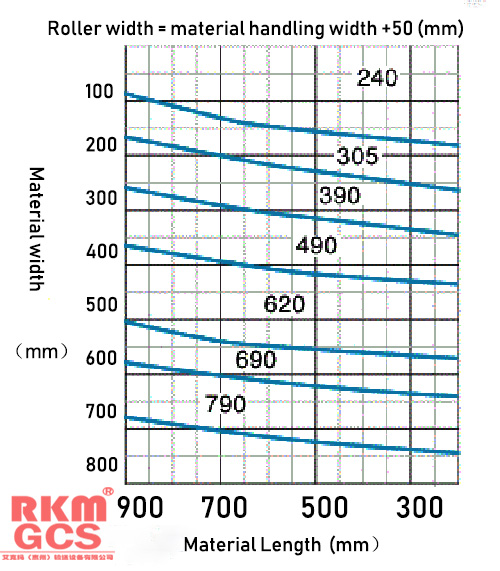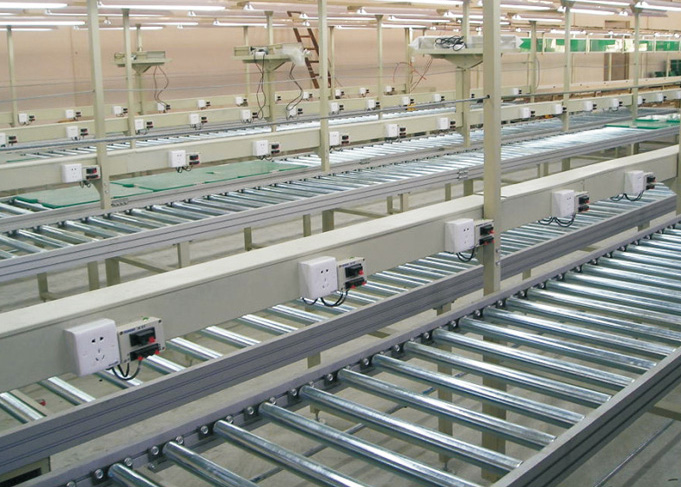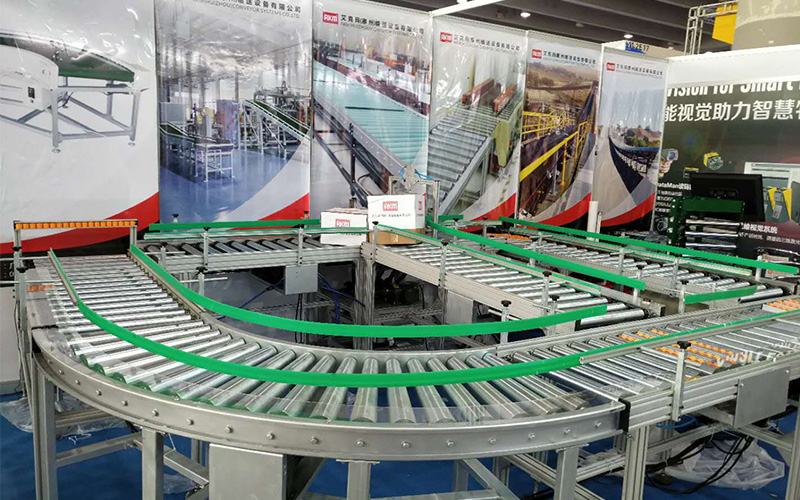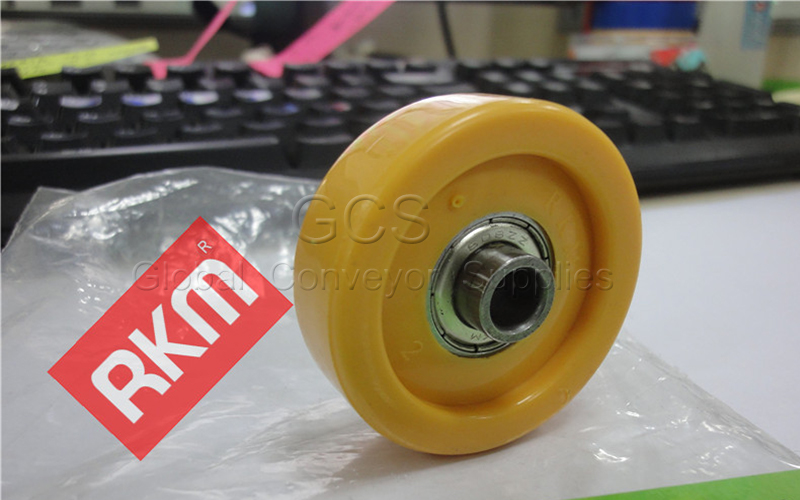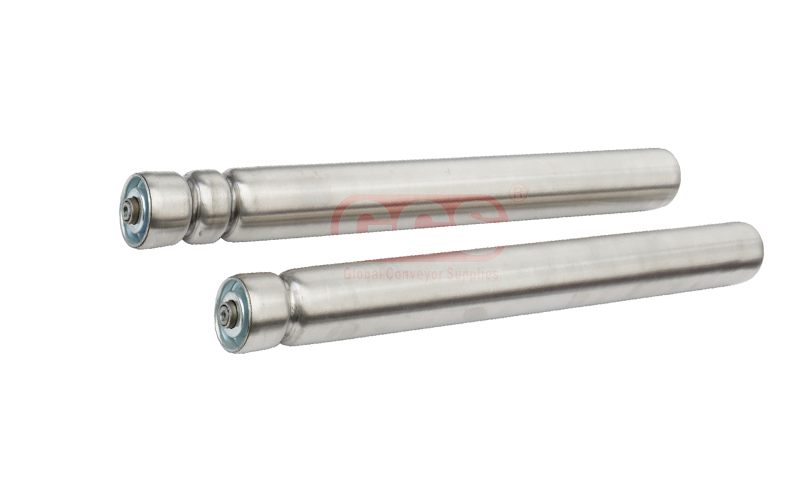Conveyor system Structural Design of Roller Conveyor
Structural Design and Criterion of Roller Conveyor
The roller conveyor is suitable for conveying all kinds of boxes, bags, pallets, etc. Bulk materials, small items, or irregular items need to be transported on pallets or in turnover boxes. It can transport a single piece of heavy material, or bear a large impact load. It is easy to connect and transition between roller lines. Multiple roller lines and other conveyors or special planes can be used to form a complex logistics conveying system to complete various process needs. The accumulation and release roller can be used to realize the accumulation and transportation of materials.
The roller conveyor has the advantages of simple structure, high reliability, and convenient use and maintenance. The roller conveyor is suitable for conveying items with a flat bottom and is mainly composed of a driving roller, a frame, a bracket, and a driving part. It has the characteristics of large conveying capacity, fast speed, light operation, and multi-variety collinear shunt conveying.
Environmental Prerequisites for Gravity Roller Conveyor Design
Consider various conditions such as the shape, weight, and easy damage of the conveyed object.
| Conveying conditions | External dimensions, weight, the shape of the bottom surface (flat or uneven), material |
| Conveying status | Arranged and conveyed without gaps on the conveyor, conveyed at appropriate intervals |
| Transfer to Conveyor Method | Slight impact level (manual work, robot), strong impact level |
| Surroundings | Temperature, humidity |
Principles of Design Method of Roller Conveyor
2.1 Design of roller conveyor
1. The distance between the rollers should be determined so that the bottom surface of the conveyed workpiece is supported by 4 rollers.
2. When selecting according to the conveyors sold in the market, select according to the relationship of (the length of the bottom surface of the conveyed work-piece ÷ 4) > the distance between the conveyors.
3. When conveying a variety of workpieces in a mixed manner, take the smallest conveyed workpiece as the object to calculate the distance.
2.2 Design of roller conveyor width
1. The width of the drum is designed according to the external dimensions of the conveyed workpiece.
2. Generally speaking, the width of the drum should be more than 50mm longer than the width of the bottom surface of the conveyed workpiece.
3. When there is a turn on the conveyor line, select it according to the length and width of the conveyed workpiece shown in the figure on the right.
2.3 Design of frame and foot spacing
Calculate the weight of the conveyed workpiece per 1 meter according to the weight of the conveyed workpiece and the conveying interval, and add a safety factor to this value to determine the frame structure and the foot-setting interval.
Related product
Roller Conveyor System Design packaging line
Skate Wheel for PA Wheel Gravity Reel
O type belt drive roller single double groove roller
Related article
Gravity (roller) conveyor conveying speed range, how to calculate conveying speed, reduction ratio
Idlers are an integral part of any conveyor system
How to measure conveyor rollers (light conveyors)


